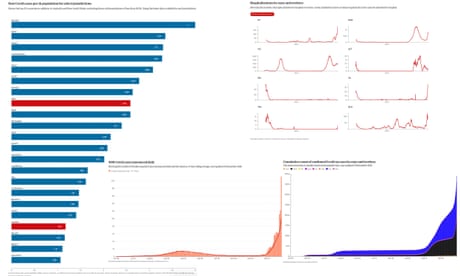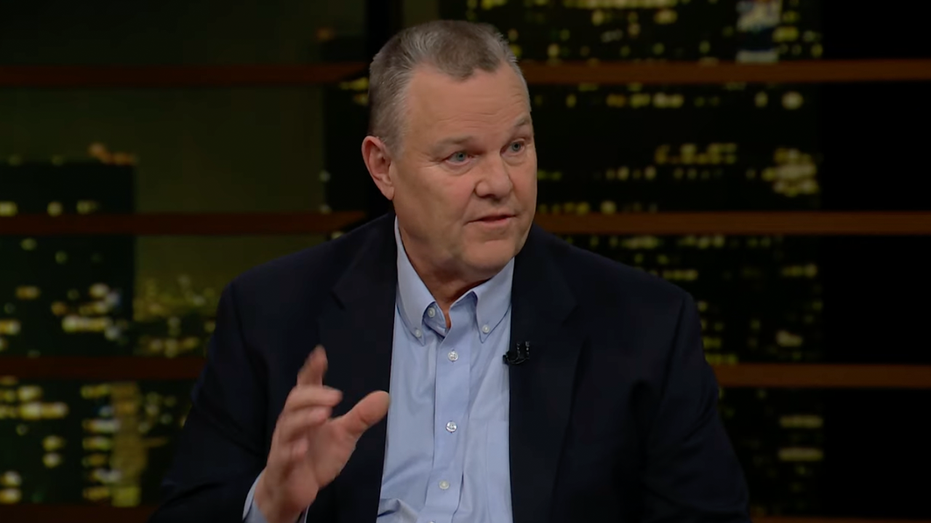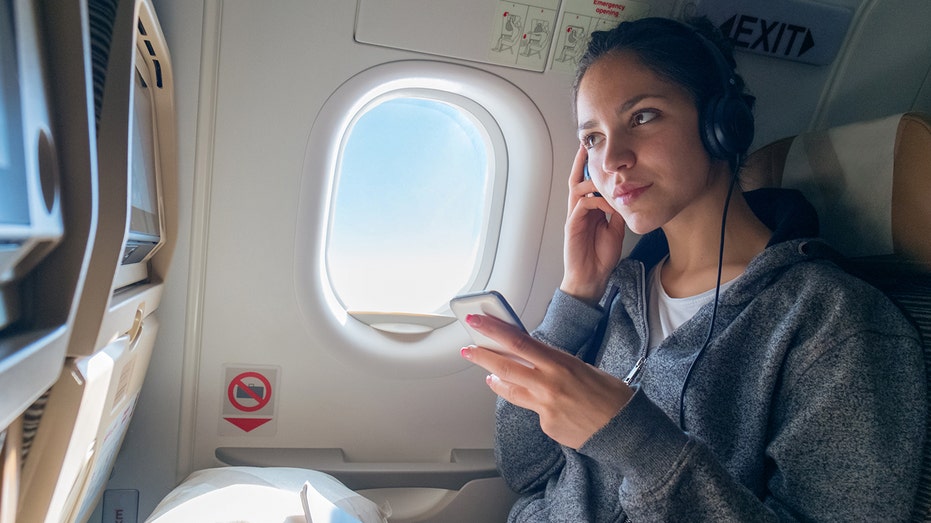- by foxnews
- 09 Mar 2025
Australia?s Covid surge in four charts: NSW now has one of world?s highest infection rates
Australia’s Covid surge in four charts: NSW now has one of world’s highest infection rates
- by theguardian
- 01 Jan 2022
- in news

For the past two years, Australia has fought off waves of Covid using strict lockdowns and closed borders.
The payoff has been counted in the fatality rate - Australia has had one of the lowest rates of death anywhere in the world.
Over the past week, that story has started to change. Now, cases of Omicron are exploding around the country with the national tally hitting over 21,000 cases on Thursday and New South Wales recording that alone on Friday.
Here are four charts that show the extraordinary turnaround in case numbers:
Within about a couple of weeks, Australia has gone from having one of the lowest rates of new Covid cases per population anywhere in the world to being in the top 20 of countries with a population over 500,000. By the same measure if NSW were a country it would be sitting in the top 10.
While Australia's cases have been climbing, so too have those of other countries. On Wednesday, the US set a global record with 488,000 cases according to the New York Times database.
It's important to note that countries with better testing systems are inherently likely to produce higher figures - and even in Australia's case, it is clear that many positive cases are going unrecorded. Nevertheless, its position has changed extremely rapidly.
Sydney has gone very quickly from containment to explosion. On 3 December Australia's biggest city recorded its first known case of Omicron community transmission - a school student. Regional cities and rural areas have also experienced a sharp rise in cases.
The NSW government initially held steady on the plan to lift its mask mandate and abandon QR codes just as the wave of cases broke - which quickly forced it to backtrack. This chart shows how quickly cases grew - with the seven-day rolling average now spiking vertically.
Although NSW has led the nation's outbreak, case numbers have grown in every state and territory, resulting in a huge rise in the national number.
On Thursday the nation's chief medical officer Prof Paul Kelly sought to dampen Omicorn panic by pointing to the "positive" news - while cases are skyrocketing, hospitalisations have not seen a surge.
"Hospitalisations, ICU and ventilation rates in Australia, they're extremely low compared with what we were seeing with Delta and in the pre-vaccination era, with other variants of the virus," Kelly said.
This data can be hard to track across the different jurisdictions, because of the lag in reporting times, but it is important to note there is a gap of 10 to 14 days between cases being recorded and hospitalisations.
It is certainly true that the hospital numbers have not followed the skyrocketing case numbers. As the NSW chief health officer, Kerry Chant, pointed out on Friday, some of those in hospital with Covid will have been admitted for other reasons, and it is hard to disentangle the data - but those cases nevertheless still add to complications for treatment and the burden on the health service.
- by foxnews
- descember 09, 2016
'Speaker scum' on flights sparks debate among travelers: 'This is getting out of hand'
A traveler asked social media users to weigh in on flyers who play audio aloud on their devices and don't use headphones.
read more


